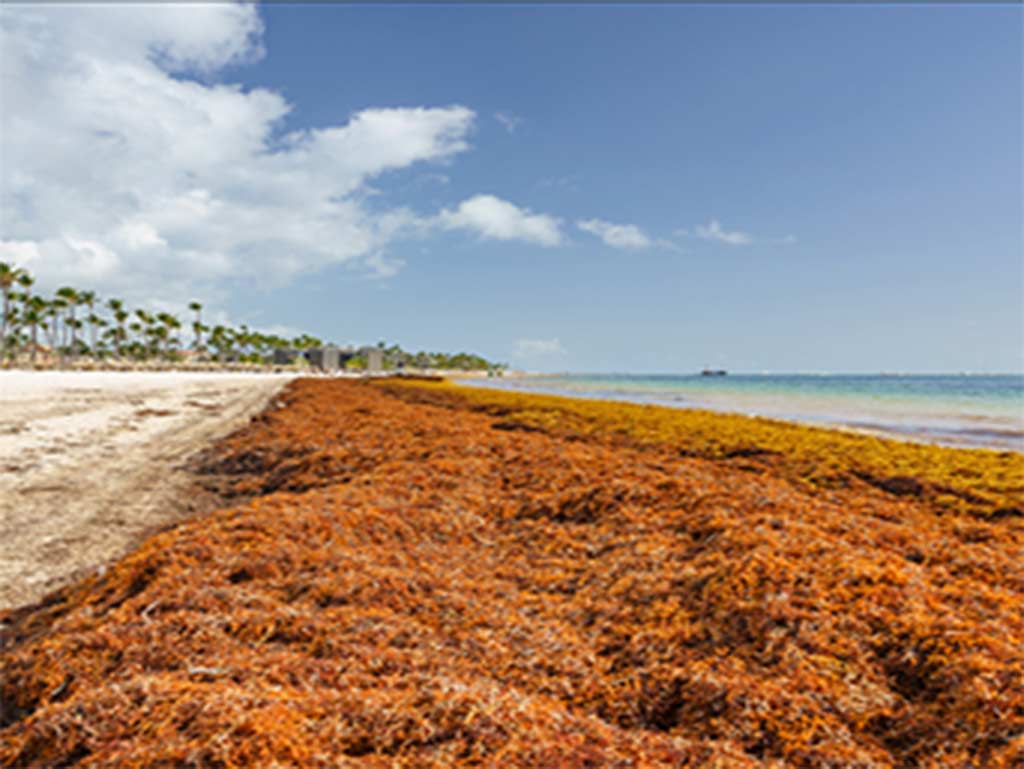According to the report, the volume of such seaweed visible in the Atlantic Ocean is now slightly lower, approximately 8.0 percent less than at the same time last year.
After seeing a maximum amount of the plant in the central and northern islands in the region earlier this year, the eastern Caribbean States will face mild to moderate levels from July through mid-October, the report added.
The study noted that the southern territories can expect very low and infrequent sargassum events until the beginning of the last quarter of the year, with several clear periods.
In addition to negatively affecting coastal ecosystems, tourism and the economy, the arrival of large volumes of sargassum also poses e a danger to human health as it irritates the respiratory tract, eyes and nostrils, experts warned.
According to a report from the University of South Florida’s oceanography laboratory, the volume of this seaweed reached historic figures in 2022 in the Atlantic and, in June of last year, more than 24 million tons of it were reported on Caribbean coasts, from Puerto Rico to Barbados.
jg/arm/mgt/ifs









